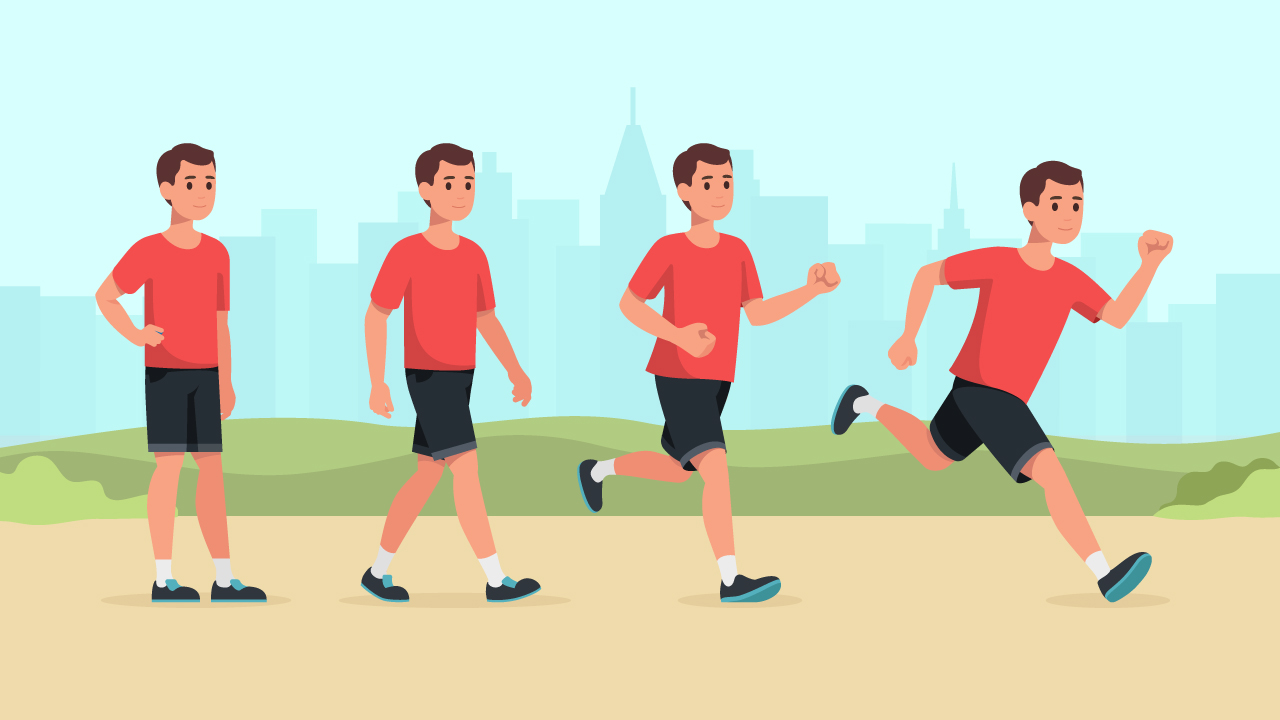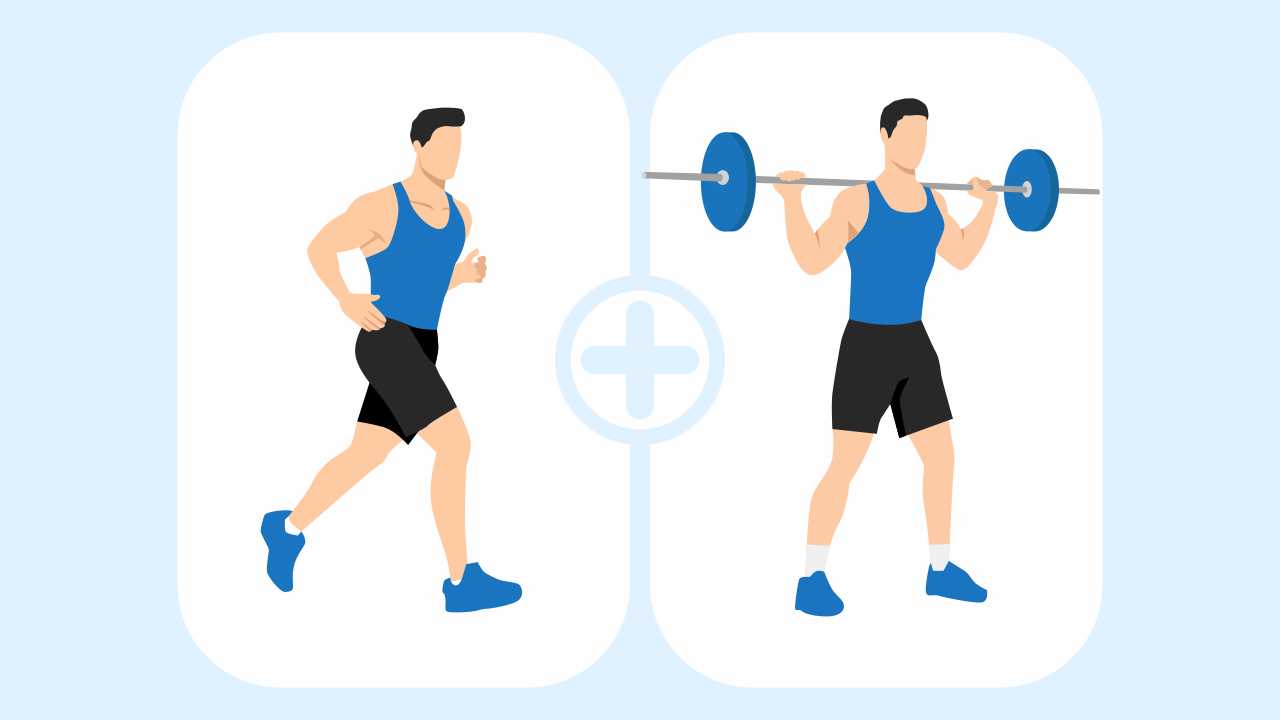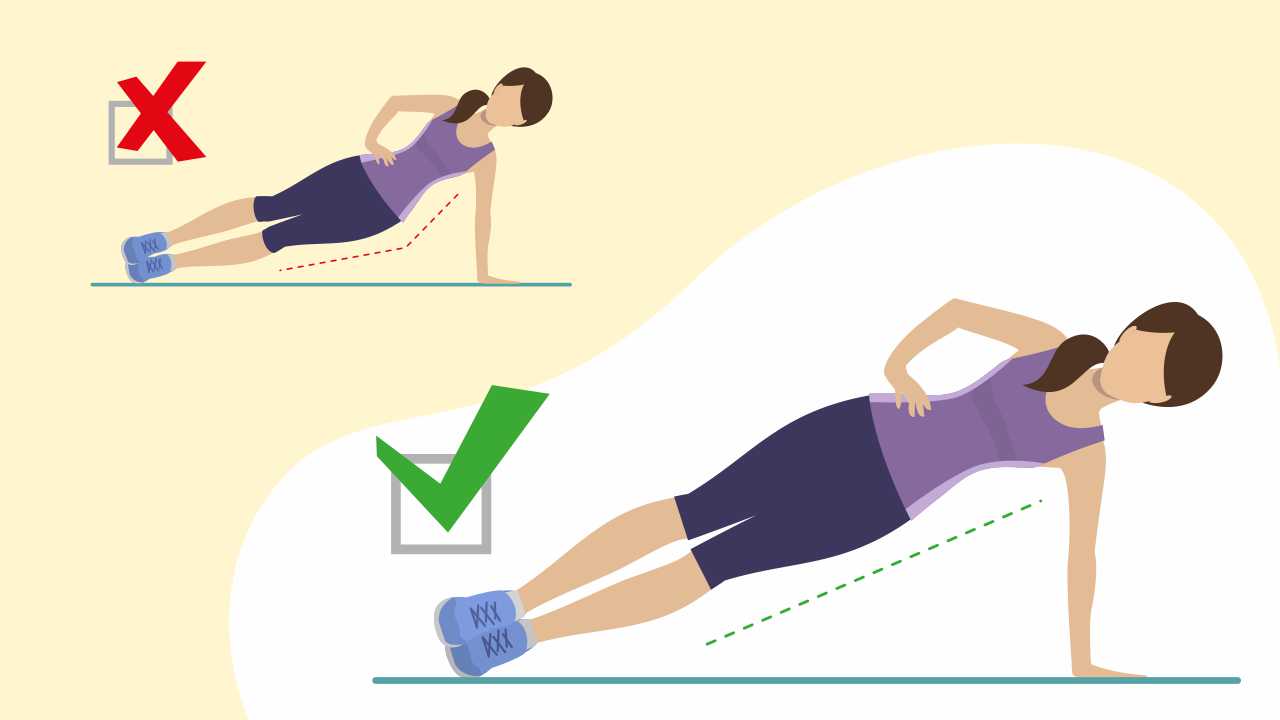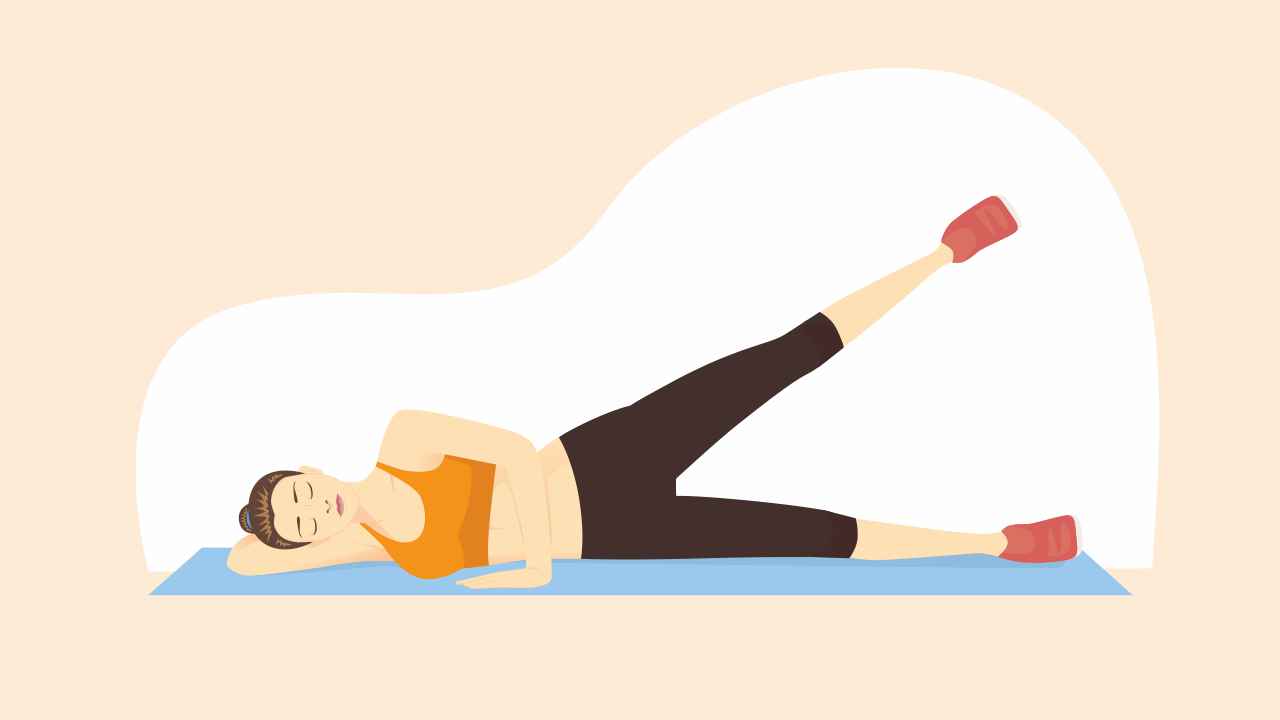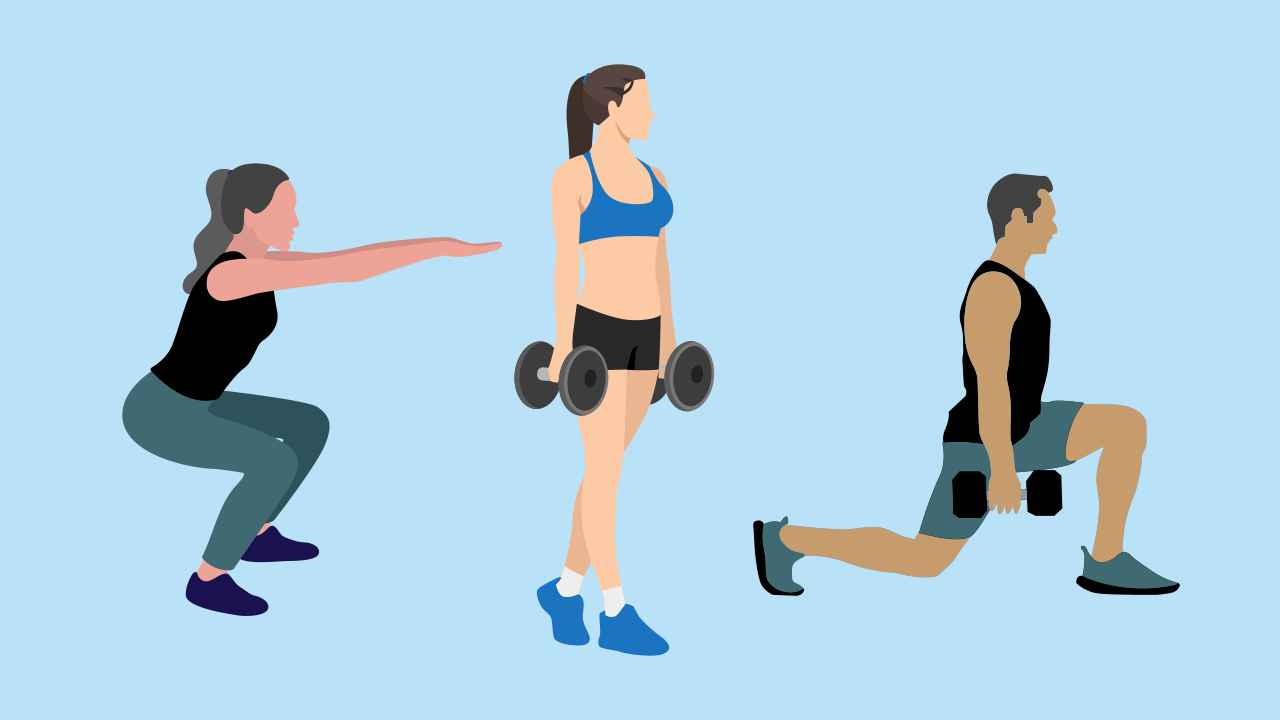
Stretching: Does It Have Any Benefits?
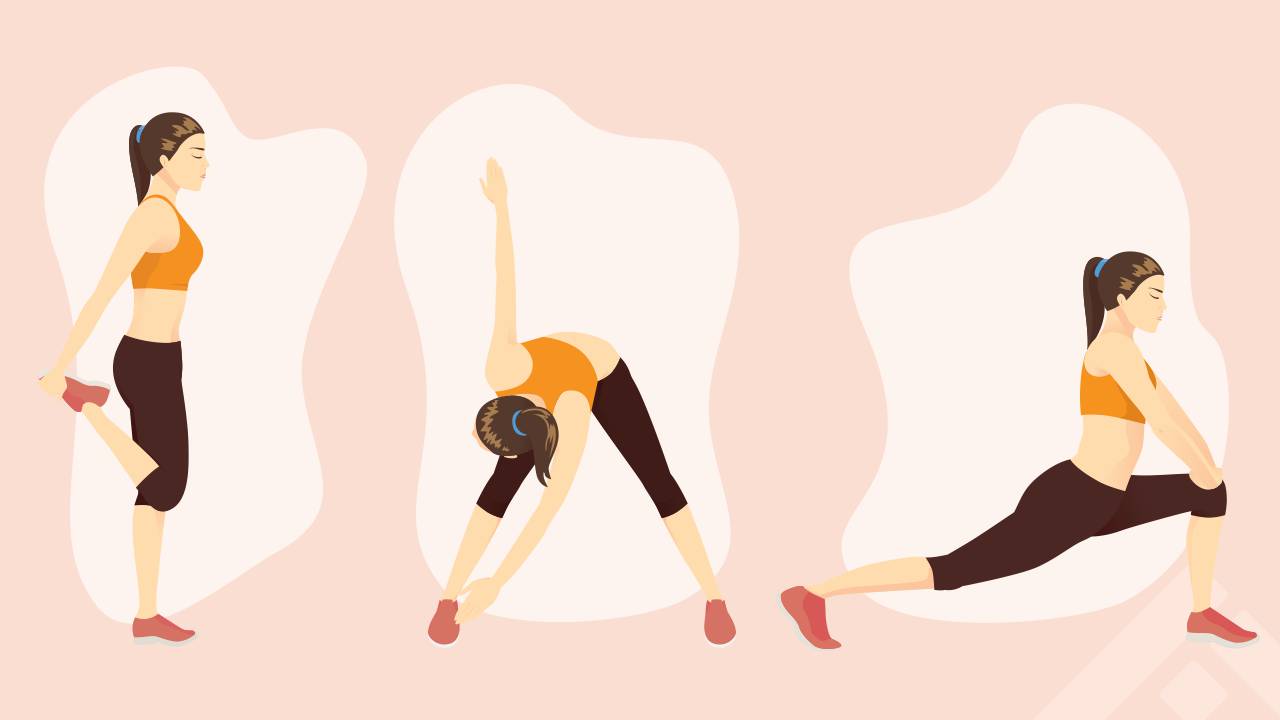
It is common to see people perform stretching after a workout or do it before exercising. However, does it have any benefits? Does stretching actually help improve performance and reduce the risk of injury? Let us find out.
What is stretching?
Stretching is the application of movement by external or internal force to increase the range of movement or flexibility.
Different techniques of stretching
Here are some effective stretching exercises for beginners and seasoned fitness enthusiasts.
Static stretching involves holding a position of a stretch in its end range.
Active stretching involves assuming a position and then holding it using the strength of the muscles for stretching, also known as active static stretching.
Passive stretching is when you assume a position and hold it with the assistance of a partner or an object. For example: raising your leg and holding it with your hands.
Dynamic stretching involves moving part/s of the body and slowly increasing the reach and speed of the movement. For example, leg and arm swings. This includes upper body and lower body stretches.
Ballistic stretching involves using the momentum of a moving body or a limb to force it beyond its normal range of motion. For example: bouncing down to touch your toes.
Proprioceptive Neuromuscular Facilitation (PNF) is a muscle stretching exercise. It involves passively stretching a muscle, contracting it isometrically against resistance in the stretched position, and then passively stretching again through the new range of motion.
Stretching before and after training and its effects on muscle soreness and injury prevention
Scientific literature indicates that stretching before and after training has no effect on delayed onset of muscle soreness or in reducing the risk of injuries or preventing them. Do consider that here we are talking about healthy individuals, and not about clinical symptoms and the effect of stretching in that segment of the population.
Effects of stretching on muscle strength and power
The thought that a greater range of movements reduces resistance to movement and improves the economy has been challenged by numerous studies, especially when discussing its effects on power and strength-related characteristics. Numerous studies have even suggested the complete elimination of static stretching before maximal strength and power movements, such as in the sports of powerlifting, weightlifting, and sprinting.
Guidelines for strength and power athletes
1. Static stretching for more than 60 seconds impairs strength and power characteristics.
2. Performing static stretching for less than 60 seconds has little negative effect. Also, it has a positive effect in reducing the risk of injury at the myotendinous junction — where the muscle meets the tendon. This effect is very small, though, especially in the athletic population.
3. Ensure that stretching is only a small part of your warm-up routine, and is not the only thing you do for preparation.
4. Severe caution to be exercised when recommending static stretching to high-performance strength and power athletes.
5. Even a short duration of static stretching (30 to 60 seconds) can reduce the stiffness of musculotendinous junctions, thereby reducing its force-generating capacities.
6. For recreational athletes and fitness enthusiasts, short duration (<60 sec) static stretching should be one of the components of their warm-up.
Stretching and running performance and running economy
1. Static stretching for more than 60 seconds results in diminished running performance and running economy.
2. Dynamic stretching for a total duration of 3-4 minutes is reported to be better than long duration static stretching.
3. Rigorous stretching routines have no beneficial effect on running performance.
4. Static stretching for a short duration (20-90 seconds) does have a positive effect on reducing the risk of injuries. However, it should be applied with other warm-up exercises, and should not be the major component of warming-up.
5. Post-stretching dynamic exercises are a must to decrease the possibility of a decline in running performance.
6. Runners who have poor flexibility should look to improve their flexibility as one of the major components of their training plan, as improved flexibility allows for a better running economy. So, they can consider doing stretching exercises for flexibility training.
7. PNF technique is beneficial to improve parameters such as hip flexion, knee extension, and stride rate.
Is stretching beneficial for improving gait and its efficiency?
Deficits in hip flexion and hip extension, and ankle dorsiflexion has been associated with inefficient gait and increased risk of falls and fractures. Similarly, reduced calf muscle lengths are associated with decreased range of movement in dorsiflexion, and increased risk of loss of balance and injury. While calf stretching improves the passive range of movement, the improvements are not carried forward to dynamic movements such as running and walking.
Stretching alone does not improve your gait and its efficiency, and it is strongly recommended to have a multicomponent program comprising of strength training exercises, with stretching being one of its components.
So, to stretch or not to stretch?
It depends on your flexibility. If you are someone with poor flexibility, working on developing optimal flexibility should be one of your major goals. Your flexibility goals should be specific to the demands of your sport or activity. The flexibility requirements of a gymnast are different from that of weightlifters and powerlifters. Aim for a healthy range of movement across all joints, irrespective of the sport you play. Similarly, if you are s long-distance runner, then incorporating some morning stretching for athletes in your daily schedule will be useful.
Application of the PNF method with correct technique and guidance is beneficial in inducing long-term sustainable gains in flexibility and improved joint mechanics, which can have a positive impact on performance. However, this should be carefully applied in your training plan.
Your regime should include short-duration (less than 60 seconds) stretching. However, it should be in addition to other dynamic movements and sport-specific exercises. Don’t use stretching just as a means to prepare for any subsequent activity.
References
1. Behm D, Chaouachi A. A review of the acute effects of static and dynamic stretching on performance. Eur J Appl Physiol 2011; 111: 2633–51.
2. Behm DG, Blazevich AJ, Kay AD, et al. Acute effects of muscle stretching on physical performance, range of motion, and injury incidence in healthy active individuals: a systematic review. Appl Physiol Nutr Metab 2016; 41: 1–11.
3. Chaabene H, Behm DG, Negra Y, et al. Acute Effects of Static Stretching on Muscle Strength and Power: An Attempt to Clarify Previous Caveats. Front Physiol 2019; 10: 1468.
Herbert R. Effects of Stretching Before and After Exercising on Muscle Soreness and Risk of Injury: Systematic Review. BMJ 2002; 325: 468.
5. Konrad A, Močnik R, Nakamura M, et al. The Impact of a Single Stretching Session on Running Performance and Running Economy: A Scoping Review. Front Physiol 2021; 11: 630282.
6. Vialleron T, Delafontaine A, Ditcharles S, et al. Effects of Stretching Exercises on Human Gait: A Systematic Review and Meta-analysis. F1000Research, 2020; 9: 984.
7. Place N, Blum Y, Armand S, et al. Effects of a Short Proprioceptive Neuromuscular Facilitation Stretching Bout on Quadriceps Neuromuscular Function, Flexibility, and Vertical Jump Performance. Strength Cond Res 2013; 27: 463–70.
8. Radford J, Burns J, Buchbinder R, et al. Does Stretching Increase Ankle Dorsiflexion Range of Motion? A Systematic Review. Br J Sports Med 2006; 40: 870–5.
9. Caplan N, Rogers R, Parr M, et al. The Effect of Proprioceptive Neuromuscular Facilitation and Static Stretch Training on Running Mechanics. J Strength Cond Res 2009; 23: 1175–80.


